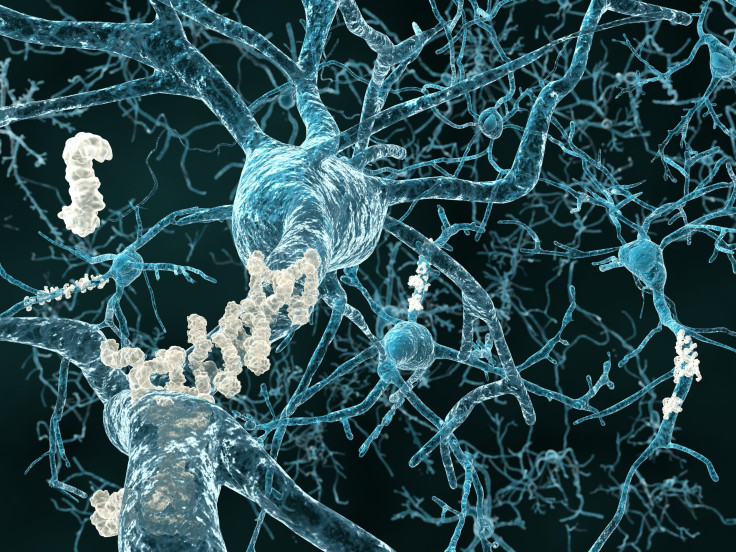Alzheimer’s Disease Amyloid Plaques Build Over A Lifetime; Found In Brains As Young As 20

Alzheimer’s disease is characterized by a devastating loss of memory and ability to think, and researchers are trying to figure out how it all starts. The protein that may be responsible has already been discovered, but scientists are surprised by how young a person can be when it begins to manifest. A study published in the journal Brain investigates the inner-workings of a young 20-year-old brain’s propensity to mature into full-blown Alzheimer’s disease.
"Discovering that amyloid begins to accumulate so early in life is unprecedented," said the study’s lead author Changiz Geula, a research professor from the Cognitive Neurology and Alzheimer's Disease Center at Northwestern University Feinberg School of Medicine, in a press release. "This is very significant. We know that amyloid, when present for long periods of time, is bad for you."
The culprit is amyloid, an abnormal protein that starts accumulating in the brain. Research scientists have been using it as a marker to track the disease’s progression, however, they’ve only seen it in aging adults until now in significantly younger individuals. When amyloid builds, it forms clumps of plaque on the outside of neurons, causing the characteristic brain damage in aging Alzheimer’s adults.
In the study, scientists decided to take a closer look at these basal forebrain cholinergic neurons to figure out why they are some of the first to die in the brain. Researchers studied 13 individuals with normal brain function between the ages of 20 and 66 and compared them to 16 individuals without dementia between the ages of 70 and 99, as well as a third set of 21 Alzheimer's patients between the ages of 60 to 95.
When they observed growing clumps in the participants’ brains, they saw them trigger an excess of calcium into the cells, which is what eventually leads to their death. The amyloid molecules kept worsening and rapidly building in young adulthood and continued throughout a person’s lifespan. "It's also possible that the clumps get so large, the degradation machinery in the cell can't get rid of them, and they clog it up.” Geula and colleagues plan on continuing the investigation into amyloid damage, as it seems to be an important clue to Alzheimer’s initial formation.
Alzheimer’s is not a normal part of aging, and the greatest known factor is currently increasing age, according to the Alzheimer’s Association. A majority of the people with the disease are 65 years and older, and only five percent are diagnosed with early onset cases between the ages of 40 to 50 years old. Currently, there are no treatments that can halt the progression, only a few that can temporarily slow the worsening of symptoms. For the five million Americans suffering from the irreversible brain disease, a solution is in desperate demand. "This points to why these neurons die early," Geula said. "The small clumps of amyloid may be a key reason. The lifelong accumulation of amyloid in these neurons likely contributes to the vulnerability of these cells to pathology in aging and loss in Alzheimer's."
Source: Geula C. Brain. 2015.



























